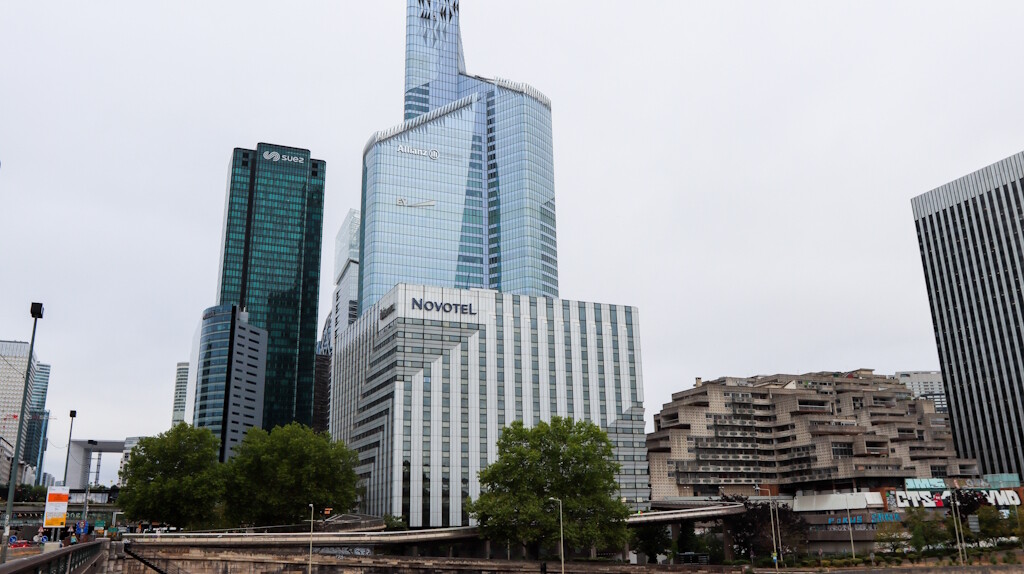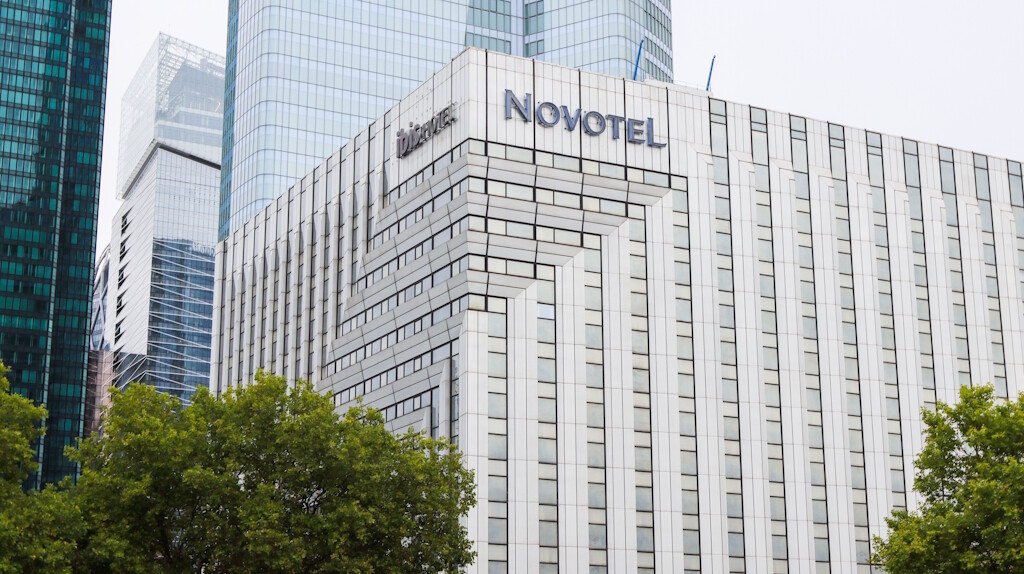Recycling Content
Aluminum alloys used for anodizing are known for their excellent surface quality, uniformity, and anodizing behavior. These alloys also offer significant potential for incorporating recycled content, which supports environmental and sustainability goals.
- Pre-consumer (industrial) recycled content Much of the recycled aluminum comes from production scrap (off-cuts, trimmings) that is clean and of known composition. This type of recycled material is widely used in anodizing-quality alloys because it does not compromise surface quality.
- Post-consumer recycled content Post-consumer aluminum scrap (such as from decommissioned building components, transportation parts, or consumer products) can be reintroduced into the production of aluminum alloys.
- Typical recycling rates Values between 30% and 75% recycled content; even up to 90% are available for anodizing-quality coils and sheets. Certificate for each order available upon request.
- Sustainability aspect Even with controlled recycled content, anodizing-quality aluminum maintains its high durability and full recyclability at the end of life, making it a circular material well-suited for sustainable architecture.
Oldest reference still in service
A prime example of the durability and sustainability of anodised aluminium is the facade of the Novotel in Paris La Défense. Installed during its construction in 1983, this facade has withstood the test of time and pollution from constant traffic, still looking stunning — proof of the material's exceptional resilience.
Environmental product declarations
An EPD (Environmental Product Declaration) is a standardized document that provides transparent, verified information about the environmental impact of a product throughout its life cycle. It is based on a Life Cycle Assessment (LCA) and follows international standards such as ISO 14025 and EN 15804 (for construction products).
The purpose of an EPD is to:
- Quantify environmental impacts, such as carbon footprint, energy use, water consumption, and waste generation.
- Support sustainability goals by providing data for green building certifications (e.g., LEED, BREEAM).
- Enable fair comparison between products with similar functions.
An EPD does not judge whether a product is "good" or "bad"; it provides objective data for stakeholders to make informed decisions.
Climate and energy targets
We are committed to minimize the impact of our Aloxide process on the environment through a sustainable business model and a policy of continuous improvement.
The economies of scale of our two production sites in Belgium and Germany permit us to invest in industry-leading environmental management.
Coil operates in the Flemish Region of Belgium and Germany, which have amongst the strictest environmental standards in the world.

The Aloxide process is an electrochemical process, involving high energy usage. However, this energy consumption must be seen in the light of:
the extreme longevity of the product, and that anodised aluminium can be sold and recycled through simple re-melting (without any intervening process) at the end of its product life requiring only 5% of the energy required to produce primary aluminium.
To minimize our CO² impact, we are committed to ISO 50001 energy management and assess the life cycle of its products (LCA). Furthermore, unlike painted and coated products, anodised aluminium has no impact on other climate ozone depleting substances such as VOCs (Volatile Organic Compounds),
Coil reveals ambitious plans for early compliance with new EU 2030 climate and energy targets
The European Commission’s 2030 climate and energy framework includes EU-wide targets and policy objectives for the period 2021 - 2030.
The key targets for 2030 for the European Commission are:
- at least 40% cuts in greenhouse gas emissions (from 1990 levels)
- at least 32% share for renewable energy
- at least 32.5% improvement in energy efficiency
At our production plant in Bernburg, Germany, the plan is to operate with 100% CO²-free electricity by end 2022. This will be achieved with the installation of solar panels on the free land of the factory site. Any electricity beyond the Company’s own production will be purchased from external solar/wind farms.
At our production site in Landen, Belgium, a cogeneration system has already been operating successfully for several years. A new solar panel installation on the roofs and land of the existing factory is scheduled to be installed in 2022. Consumption for usage of CO2-free biogas in our heating systems is under investigation.
In both plants several actions have already been taken to reduce energy consumption and to improve energy efficiency, such as the use of LED lights and the implementation of energy monitoring systems in accordance with the ISO 50001 Standard.
Even though the production process involves the use of acid and caustic soda, we are able to recycle a very large part of the chemicals via regeneration facilities, while the by-products from these processes are used in other industries.
Water purification facilities assure that our company typically recycles 70% of our rinse water. Non-recycled waste water is discharged into the public sewer system according the enforced norms, after treatment.
We make a constant effort to make sure that we will use the best available technology (BAT) for our processes and commit to environment management via ISO 14001.

